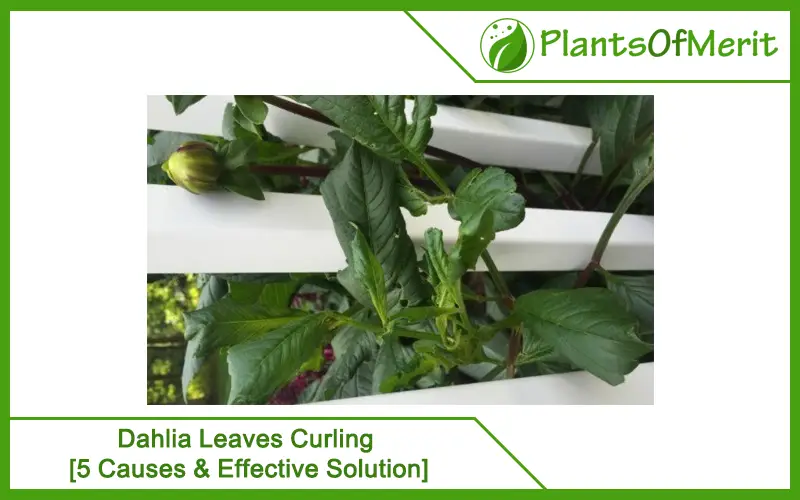Dahlia is a public favorite, thanks to the stunning appearance of the flowers and even brighter and vivid foliage. The contrast between the color of the flowers with the dark green leaves is quite stunning and something that you wouldn’t regret planting in your garden.
But, leaf curling issues are quite common in a dahlia plant. Since they are often sensitive to a lot of external environmental factors, you will find the leaves curling and dropping every so often.
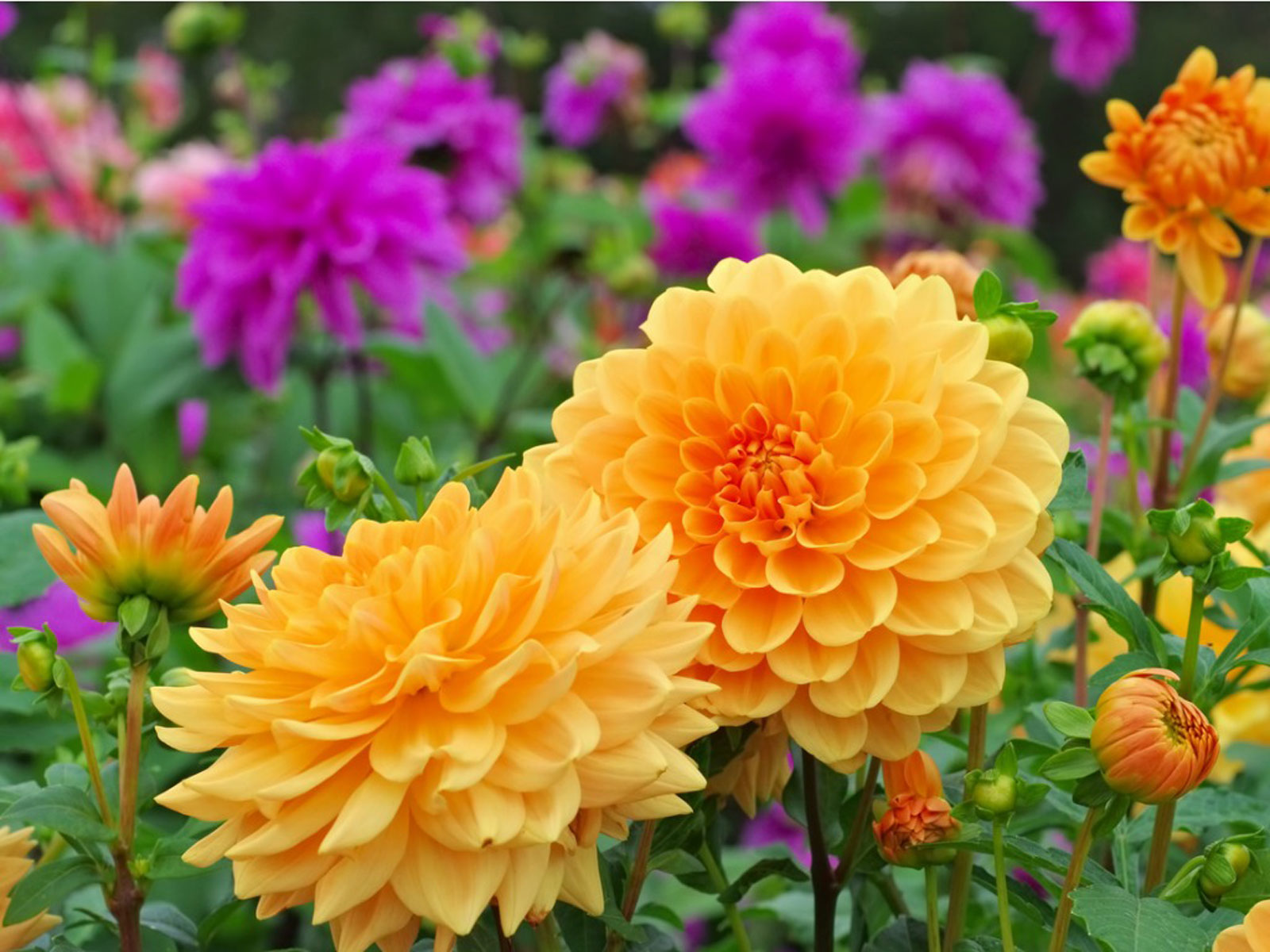
Does it mean the plant is infested with insects? Does it indicate a lack of nutrients? The possibilities are endless and we will highlight all that you need to know.
Why are my Dahlia Leaves Curling?
As we said, the leaf curling in your dahlia plant can stem from multiple reasons. It could be nutrient deficiency or it could be a lack of moisture. The possibilities are quite extensive.
Let us walk you through a few common instances:
1. Viral Infections
Not just humans, but even plants are susceptible to viral attacks. They are very potent and lead to a lot of complications in the dahlia plant. Begomovirus is one of the most common vectors that contribute to the leaf curling that you are noticing on the leaves.
But, how do you spot them? Ideally, we’d recommend that you take a flashlight and look for white-colored insects on the underside of the dahlia leaves. That’s where they are most of the time as they come through whiteflies.
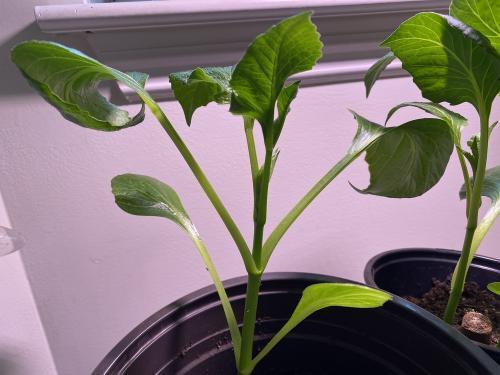
If you notice them, taking immediate action isn’t even an option. It is a necessity at this point. If you leave the virus as it is, it will start proliferating exponentially fast.
How to fix it?
Start by cutting out the infected parts of the leaves. You can spray the plant with some insecticides to prevent further infestation but that’s all there is to the problem. There’s not much you can do.
2. Insect Attack
Not just viruses, you need to be vigilant of the possible insect attacks too. Some of the common insects that feast on Dahlia include aphids, whiteflies, mites, and thrips. So, if you notice them frequenting your dahlia plant quite often, we’d recommend taking immediate actions before things take a turn for the worse and end up contributing to leaf curling.
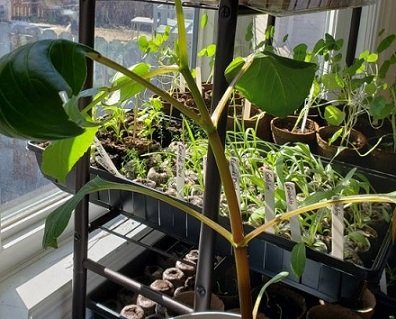
Instead of looking at the plant’s foliage superficially, you need to dig deeper. Look at the underside of the leaves because that’s where most of the insects reside.
How to fix it?
The easiest and safest way to keep insects out of the dahlia plant is by spraying some neem oil all over the plant. You can do this once a week and that should take care of the insects and prevent risks of infestation. In case the infestation is quite high, we’d recommend that you use a commercial insecticide to eliminate them.
3. Lack of Optimal Watering
Water and moisture are two factors that influence the optimal growth of the plant. If the plant isn’t getting the right amount of water or if it’s getting too much water, both of these instances might result in complications like leaf curling and discoloration of the leaves.
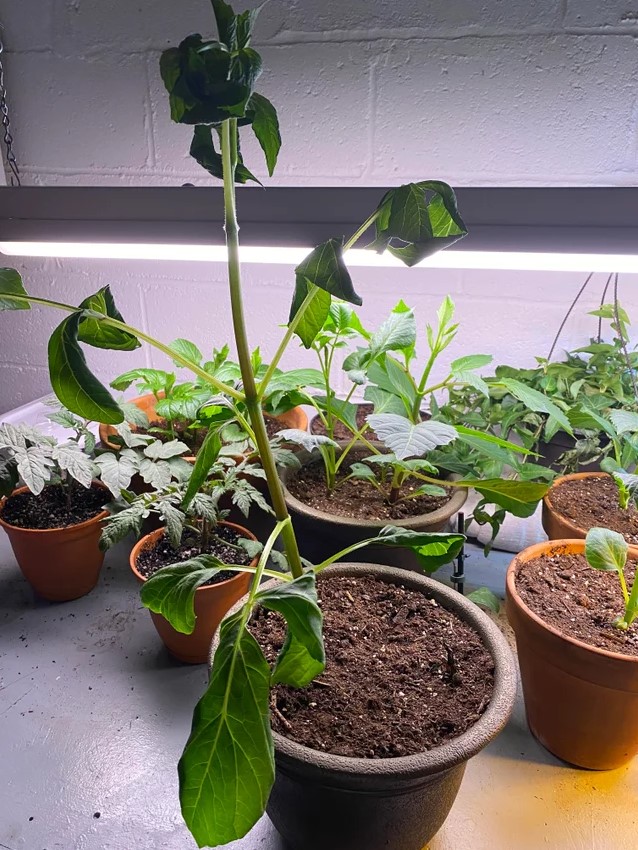
Overwatering is a common issue when it comes to the onset of root rot. Also, scantily watering the plants will prevent optimal uptake of the nutrients, which leads to the leaf curling as well. The curling of the leaves is often a defense mechanism when there is less water in the soil.
How to fix it?
Your best bet is to start with a soil moisture kit. This allows you to check and analyze the moisture level present in the soil. If the soil is moist to the touch, we’d recommend foregoing watering. However, if the soil is dry, re-water the plant as needed.
4. Nutrient Deficiency
Every plant (for the most part), needs a good supply of nutrients for its optimal growth. Nitrogen, phosphorus, and potassium are the top three nutrients that plants need. Dahlia plants have an affinity toward potassium. It needs the nutrient at optimal levels to support its growth and development.
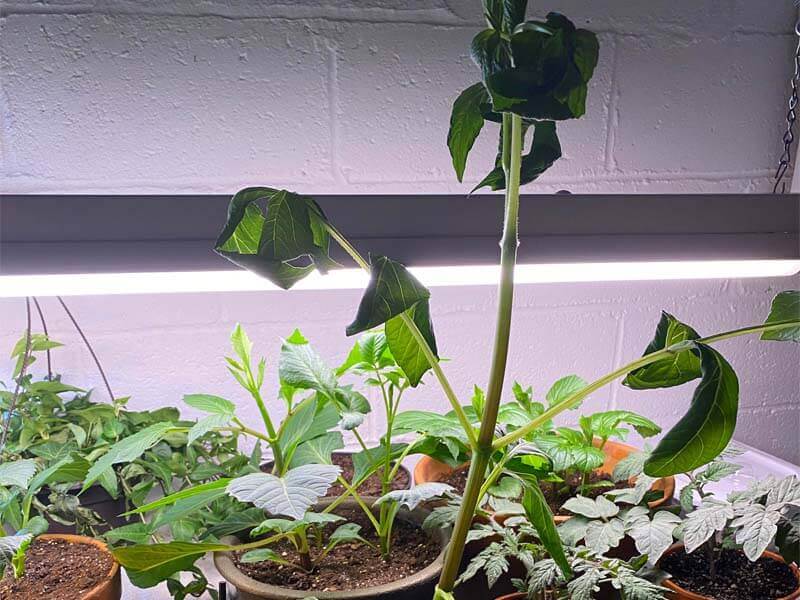
The potassium is responsible for the flowering process. Excess nitrogen, on the other hand, will support the growth of the plant but it inhibits the blooming process. So, check for potassium deficiency in the soil since that often contributes to the tips of the leaves curling in.
How to fix it?
Your only way to fix it is with some organic or commercially available fertilizer. They are very proactive and quickly fix the nutrient deficiency that could otherwise be contributing to the issue of curling of the leaves. Opt for a fertilizer with the N:P:K ratio as 5:10:10.
5. External Heat Stress
The last and the most potent reason behind the issue of leaf curling in the dahlia plant is the external heat stress. Dahlia is a tropical plant but doesn’t do well in extremely high temperatures. Ideally, an average temperature for growing dahlia should be between 26-27 degrees Celsius. If the temperature rises above that, you need to take immediate measures.
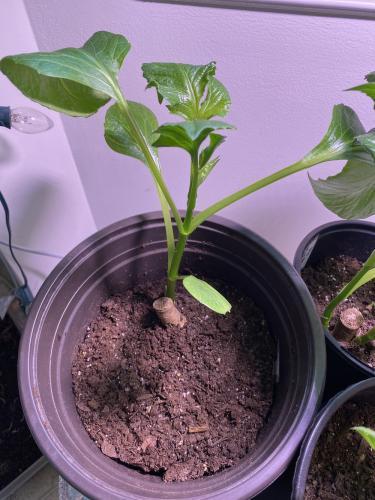
If the plant is in direct sunlight for prolonged hours, there are chances that the same will lead to curling because of the excess evaporation that’s happening from the surface of the leaves.
How to fix it?
If you are growing the dahlias outdoors, you can cover them with some protective shade to prevent the direct impact of the sunlight. Besides that, you can pick up a spray bottle with some water and mist the foliage in the plant. This will reduce the heat stress exponentially well. Temporary shade for the plant is very crucial and not something you can miss out on.
FAQs
1. What to spray on dahlias?
If you are worried about the dahlia leaves curling due to pest attacks or infection, the first thing you have to do is identify what the trigger is. If it is a pest attack, you can spray the plant with pesticides. However, if it is a bacterial or fungal infection, you have to spray relevant treatment sprays depending on the situation at hand.
2. Why are my dahlia leaves curling?
The primary reason why your dahlia leaves are curling is due to excess sunlight exposure. If the soil that the dahlia is growing in dries out too quickly, it can lead to complications of the leaves drooping or curling for good. Also, fungal infection in the roots and leaves can lead to the curling of the leaves as well.
3. Is Baking Soda Good for dahlias?
If the dahlia leaves are curling due to fungal diseases and you are looking for more organic and safer remedies, baking soda is a pretty great treatment. You can sprinkle it on the leaves and the soil to eliminate the further spread of the fungus and ensure that the leaves aren’t drooping or getting worse progressively.
4. What is the best fertilizer for dahlias?
Since overfertilization is bad for dahlias, you need to pick good-quality fertilizers that will last for a long. Ideally, you want to use slow-releasing and low-nitrogen fertilizers since they work a lot better compared to the other ones you come across.
5. How do I protect my dahlia leaves?
The best way to protect the dahlia leaves is to tend to them regularly. When checking the leaves, ensure that there are no active pests on them. Also, eliminate any hiding spots for insects or pests in between the leaves. And, be proactive with the fixes when you notice something is wrong.
Conclusion
Dahlia plants are no doubt quite easy to grow but they do come with a lot of shortcomings. The biggest issue is with the plant’s leaf curling problem. We hope this guide gives you some clear insights into the causes and what you can do to fix the problem. Just ensure to stay vigilant and fix the problems as they come.

